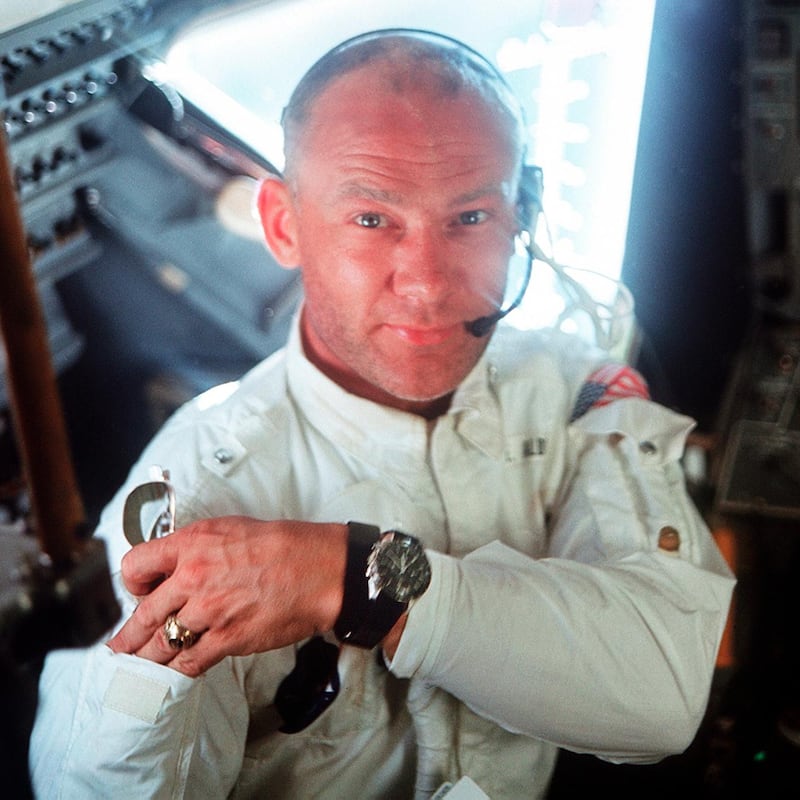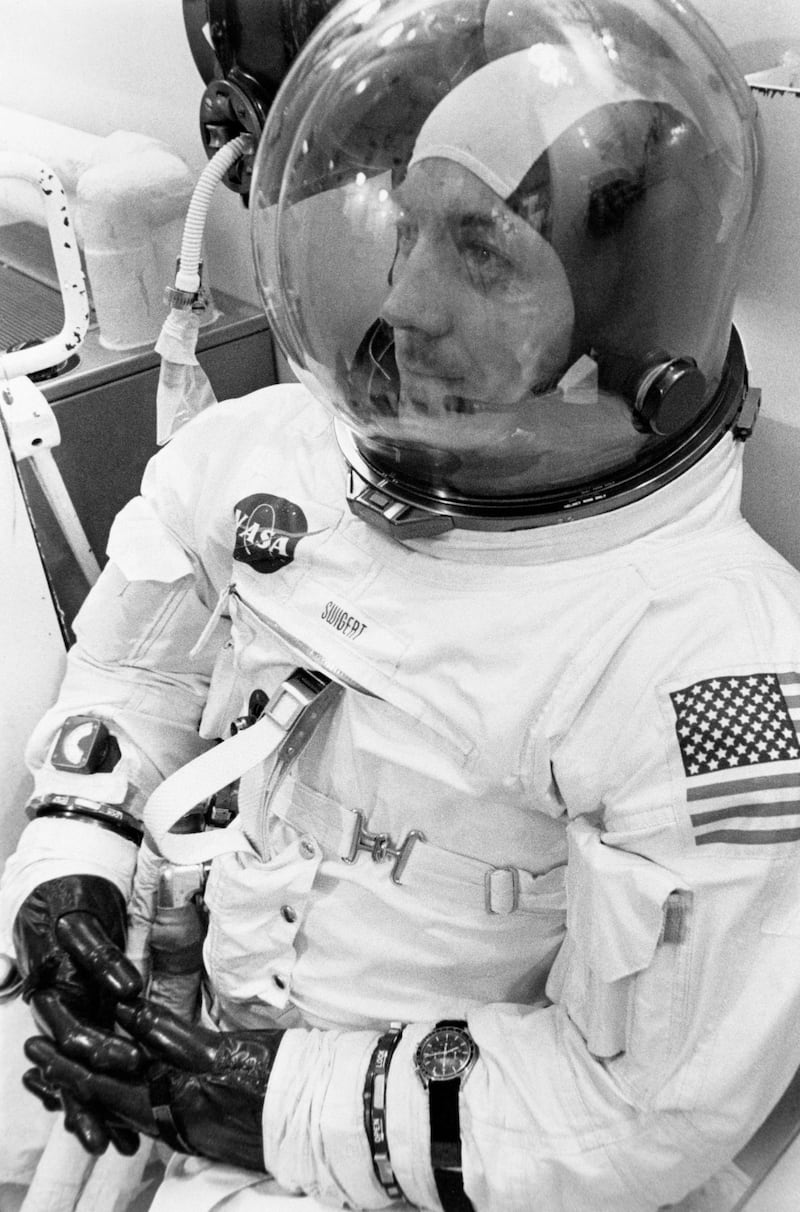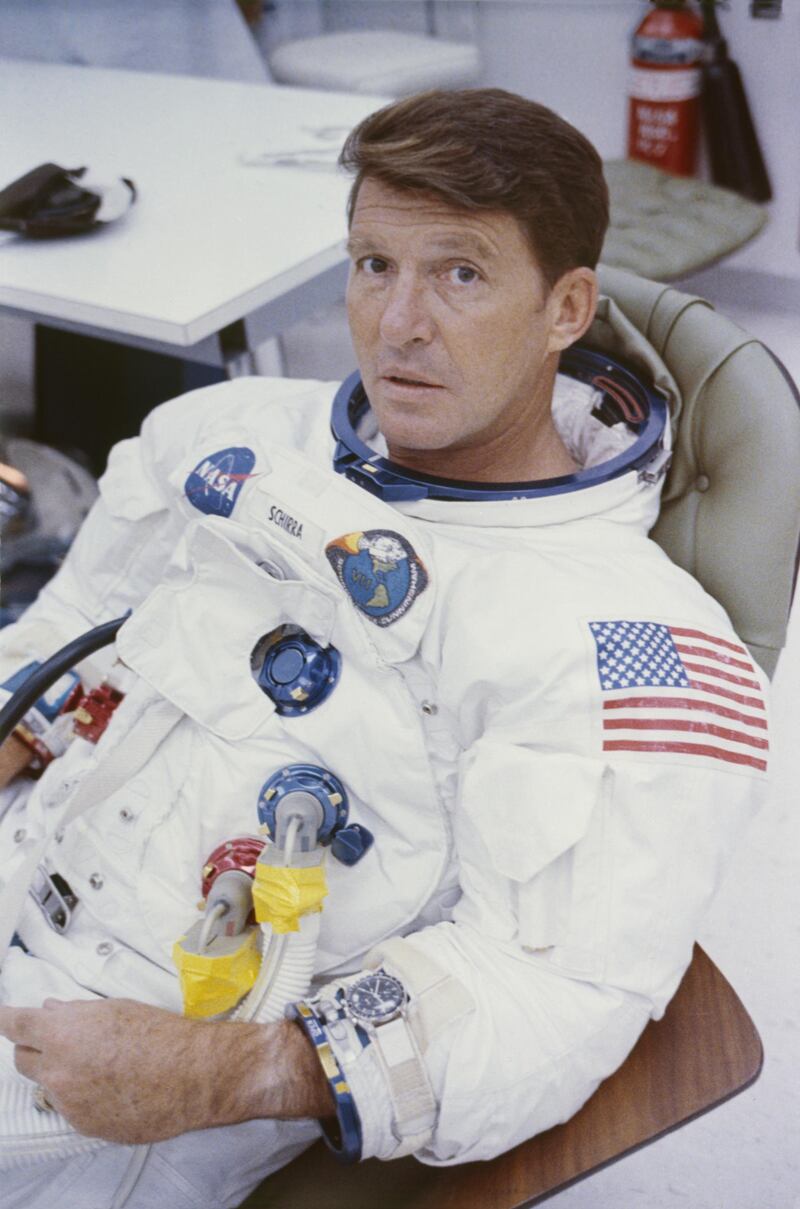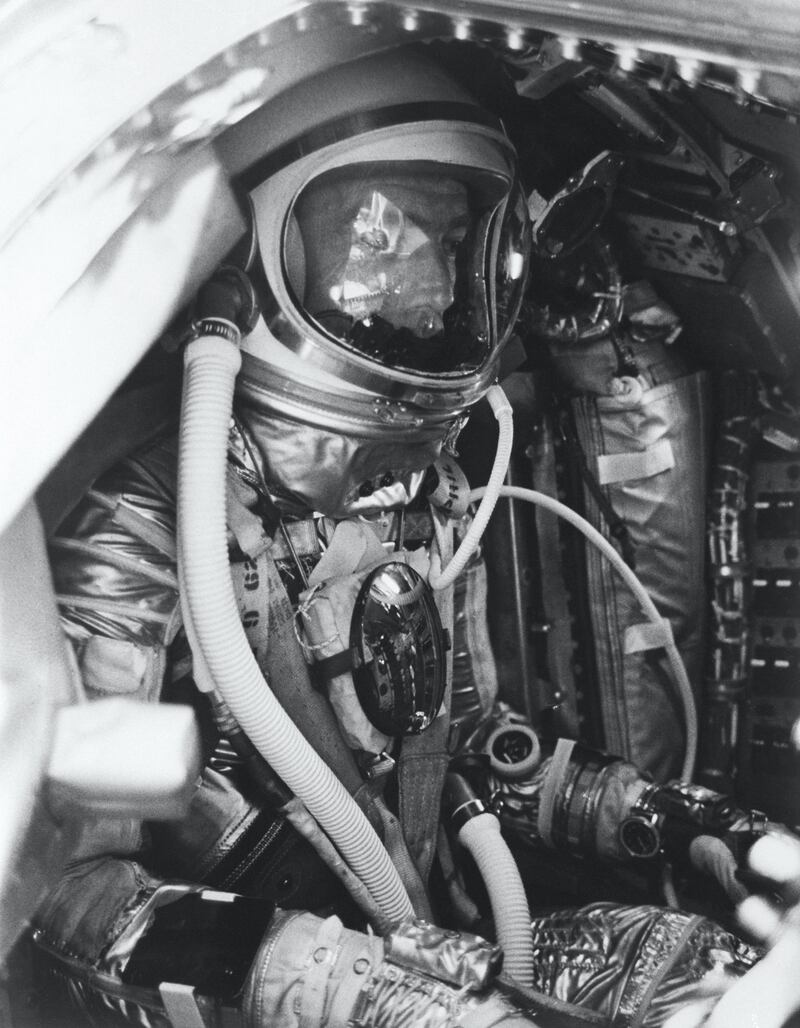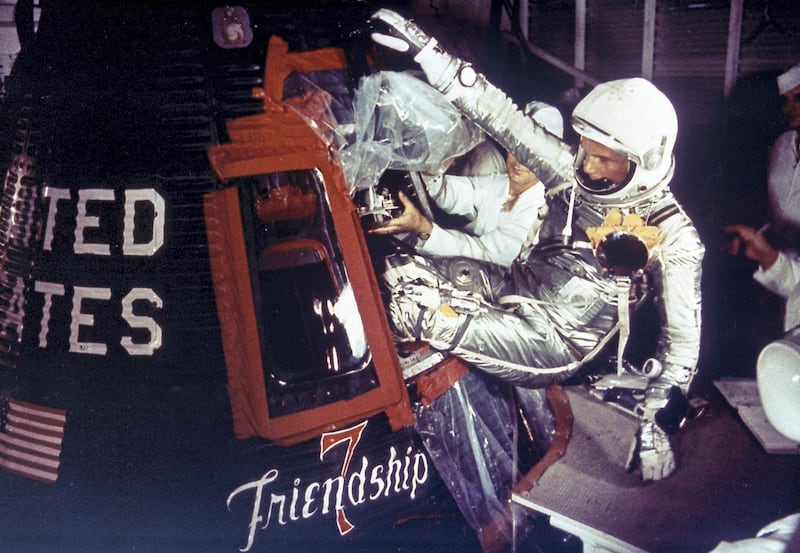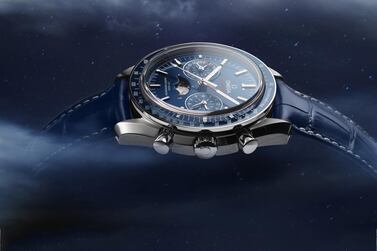There's no denying it: despite a "cosmic microwave background" temperature of minus 232°C, space is hot right now. Since the Twitter phenomenon that is commander Chris Hadfield crooned along to David Bowie's Space Oddity in 2015 while floating around the International Space Station (ISS), kids have been opening their eyes to an inspiring era of Russian/western collaboration, bolstered back in Britain by Tim Peake's Union Flag-adorned exploits.
Even adults who were tired of the Space Shuttle programme during the 1980s are excited again, if not by the extraordinary footage beamed back by the Mars rover, then that of the Rosetta probe, which the European Space Agency managed to land on a four-kilometre-wide asteroid travelling at 135,000kph. Elon Musk's SpaceX is being subcontracted by Nasa to bring manned missions back to American soil, and his tech-billionaire contemporary, Jeff Bezos, will soon be stealing a march on Richard Branson's Virgin Galactic tourist shuttle with his cheaper Blue Origin programme.
Space is hot all right, and this year's 50th anniversary of the Apollo 11 Moon landing is fanning the flames. But putting the Cold War politics of the space race aside, what this dose of cosmic nostalgia brings is not only much-needed global perspective in these times of international unrest and climate crisis, but also a startling reminder of how rudimentary the technology was back in the 1960s. What once looked like the future now looks like the first Star Wars: innocent, scuffed-up and a long, long time ago.
And that’s before you remember Apollo 11 possessed as much computing power as a Casio calculator. It’s even more difficult to believe, then, that things were even more primitive when it came to keeping Neil, Buzz, et al on time. The Nasa-certified piece of equipment strapped around every astronaut’s suit was powered and programmed by mechanical principles dating back over a century; teeny-tiny springs, cogs and levers were what captain Jack Swigert depended on in 1970, to time Apollo 13’s critical 14-second fuel burn, perfectly realigning the stricken lunar module for re-entry into the Earth’s atmosphere.
What’s more, Omega’s Speedmaster – still mechanical, still hand-wound, still based on centuries-old horological principles – remains standard-issue kit for Nasa’s finest to this day. It’s difficult to imagine a more ringing brand endorsement.
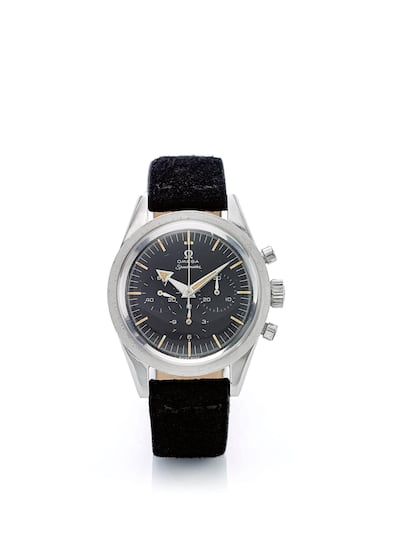
"With the exception of the Velcro straps used to fit around the outside of our spacesuits," writes last-man-on-the-Moon Gene Cernan in the foreword of Moonwatch Only, "[the astronauts' Speedmasters] were not modified by Nasa – they were the same watches bought and cherished by Omega fans around the world.
"Secondly," notes the Apollo 17 astronaut, even more poignantly, "the Speedmaster Professional chronographs remained virtually unchanged throughout the entire Apollo programme – no other piece of mission-qualified equipment can make that claim."
It’s a claim that Omega has obviously capitalised on, ever since the Apollo programme’s boffins bombarded four market-leading stopwatch “chronographs” with punishing tests in 1964. It awarded “Flight-Qualified by Nasa for all Manned Space Missions” status to the Speedmaster – the only watch still ticking by the end.
Under pressure from domestic watch brands, citing the importance of "buy American", Nasa's quartermasters have been forced back into the lab on a number of occasions, only to emerge every time with the same conclusion: Switzerland's beloved "Speedie" really is the most precise, reliable, rugged and readable chronograph going. And, yes, it does have to be mechanical – LCD screens, quartz crystals and lithium batteries don't mix with the sub-sub-sub-zero conditions of outer space.
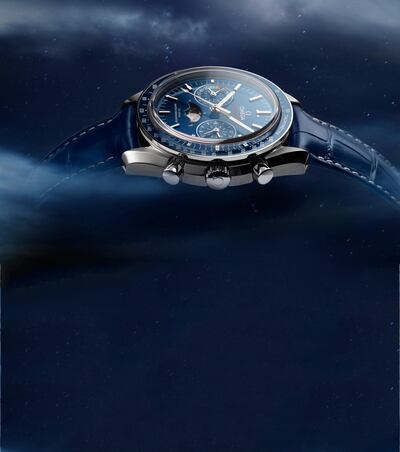
Before mankind knew whether the Earth was flat, let alone toyed with taking "one small step", timekeepers were looking to the heavens. The sky was our original clock face, and continues to be: despite breaking from celestially observed GMT, our astronomers still adjust our global network of 200-plus atomic clocks every few years, according to Earth's occasional wobble in relation to the stars – adjustments known as leap seconds. The Sun, the phases of the Moon and the stars were the only timekeepers that mattered for centuries, so it was only inevitable that watches from the mid-16th century began to feature astronomical indications, including phases of the Moon, sidereal time according to the stars, and the difference or equation of civic time in relation to our erratic orbit of the Sun.
These three “complications” are purely romantic horological features today, of course, but they still exert a visceral hold, however fit for manned space missions their vessels may be. Take Dr George Daniels’s Space Traveller pocket watch of 1982, auctioned by Sotheby’s London for £3.6 million (Dh16.6m) on July 2, and smashing its upper estimate of £1m in the process. It displays all three in exquisitely handcrafted fashion and, by virtue of that alone, the 20th century’s greatest watchmaker declared his creation, “the kind of watch you would need on your package tour to Mars”.
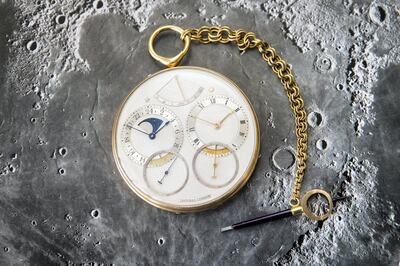
It displays all three in exquisitely hand-crafted fashion and, by virtue of that alone, the 20th century’s greatest watchmaker declared his creation, “the kind of watch you would need on your package tour to Mars”.
Being elite-grade pilots, Nasa and the former USSR's Roscosmos spacemen have always known what they really need. A precision timepiece is essential kit for any airborne professional and flight-qualified or not, it remains a largely personal choice. Talismanic, even. "[The astronauts] got very attached to a particular serial number," revealed ex-Nasa project engineer James H Ragan to The New York Times in June. "After every flight, I'd take their watches away for maintenance, and they'd get pretty upset about it. They always flew with the same serial numbers. It was a lucky charm."
Captain Walter Schirra was clearly a Nasa man through and through, as he already owned a Speedie, two years before Ragan had procured anything from Omega, wearing it as he orbited Earth six times in Sigma 7 in 1962. But two other Swiss watchmakers had already pipped Omega to the post that very same year.
Until eight years ago, Tag Heuer had no idea that the first Nasa man to orbit our planet, Col John Glenn, was wearing one of the brand's stopwatches as he hurtled overhead in Friendship 7 eight months prior to Schirra. The oversized precision timer was fitted with elastic bracelets for Glenn to wear over the sleeve of his spacesuit – now on display at the Smithsonian National Air and Space Museum in all its make-do-and-mend glory.
By May 1962, it was Scott Carpenter's turn to contribute to Nasa's exploratory Mercury programme, piloting his Aurora 7 capsule around the Earth three times. On his insistence, it would be his Breitling Navitimer keeping watch, its logarithmic sliderule having already earned official recognition from the Aircraft Owners and Pilots Association.
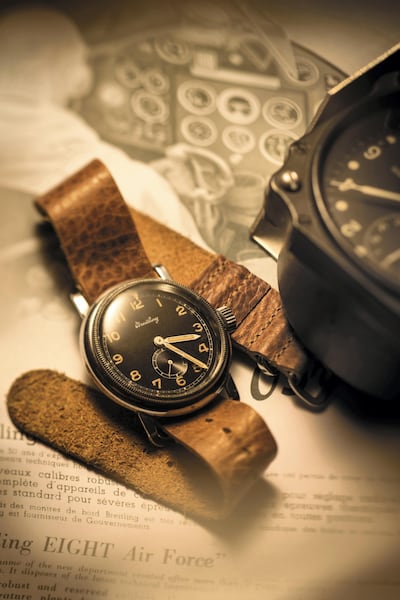
Carpenter was clever, though: he anticipated the discombobulating effect of witnessing several sunsets and sunrises in less than a day and insisted on retrofitting his Navitimer with a 24-hour hand. The number of teeth on the normal 12-hour hand’s gear wheel was doubled and the dial reprinted up to 24, et voila: Breitling had its very own product to market off the back of space-race delirium, the Cosmonaute.
It is still highly covetable and collectable, but sadly there was no Smithsonian fame for this Swiss watch. Carpenter immersed his arm in the Pacific Ocean while floating on his scorched capsule awaiting helicopter recovery, and his Cosmonaute was damaged and never seen again.
Wearing a Swiss mechanical watch today may seem extravagantly anachronistic, but the next time you feel the need to justify your recent expense, simply point skywards: if it’s essential to the guys up there, hurtling along at 7.66 kilometres per second in the ISS, and if its horological origins are rooted in every celestial body beyond, it’s certainly good enough down here.
